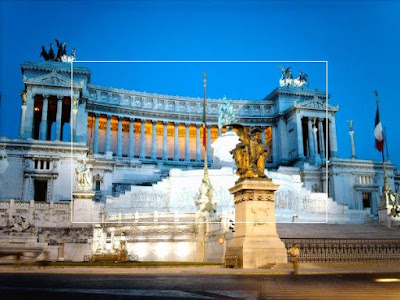Cropping refers to the removal of the outer parts of an image. Crop factor is depending on the size of a digital camera image sensor. The smaller the sensor size, the high the crop factor will be. The crop factor is actually a ratio between a camera sensor size and a 35 mm film frame size (also known as full-frame format). Some professional DSLRs use full-frame sensors, equal to the size of a frame of 35 mm film (the price of cameras with this format can be very expensive. A higher crop factor is useful for macro and zoom-in photography. To get the full advantage of this high crop factor, a higher sensor pixel count is required so that the detail of the object will be captured. On the other hand, a smaller crop factor is useful for landscape photography or to exaggerate perspective especially for wide angle lenses. Most consumer-level SLRs use sensors of a frame of APS-C film, with a crop factor of 1.5 (Nikon DX’s, Sony alpha’s, Konica Minolta’s, Pentax’s Fuji’s DSLRs) to 1.6 (Canon’s entry level). Cameras that are made by Olympus and Panasonic usually use smaller sensors with a crop factor of 2.0. Canon's APS-H format for high-speed pro-level DSLRs has a crop factor of 1.3) and Leica's M8 and M8.2 sensor has a crop factor 1.33.
 |
| Full frame format....the rectangular shape denotes the 1.6 crop factor format |
 |
| Similar image take from similar spot with a 1.6 crop factor format camera |
Why we need to know about this crop factor? What is relationship between crop factor and the focal length of a lens? Let say you are using Nikon D90 with a crop factor of 1.5, the lens attached to this camera has a focal length range between 18 to 55 mm. The images that you will capture are actually at focal range of 18x1.5 to 55x.15 mm which is equivalent to 27 to 82.5 mm. Means that the object appears to be larger. As such, the 18 mm end of the lens that is said to be wide angle is not really wide angle (as this is equivalent to 27mm). If the attached lens has a focal length of 300mm zoom capacity, then with the Nikon D90, you will actually able to capture an object at 450mm (300x1.5) zoom. This is an advantage for zooming. Overall, when you want to by a new lens, think about what type of images that you are trying to capture and the effect of crop factor too.
tak berapa nak paham..ehehe
ReplyDelete